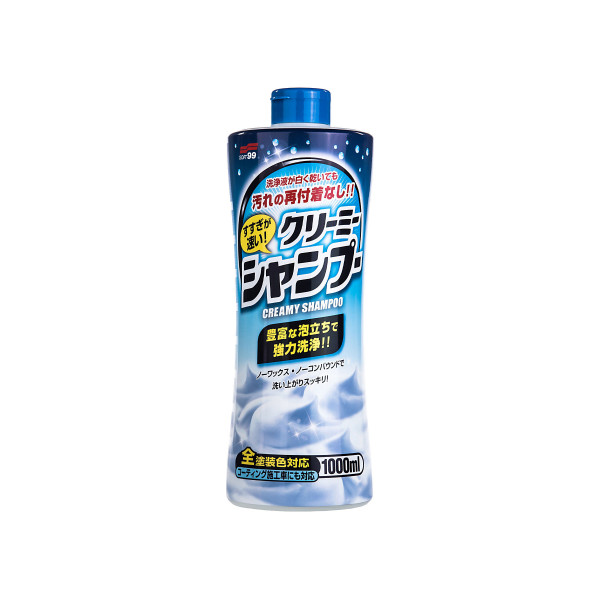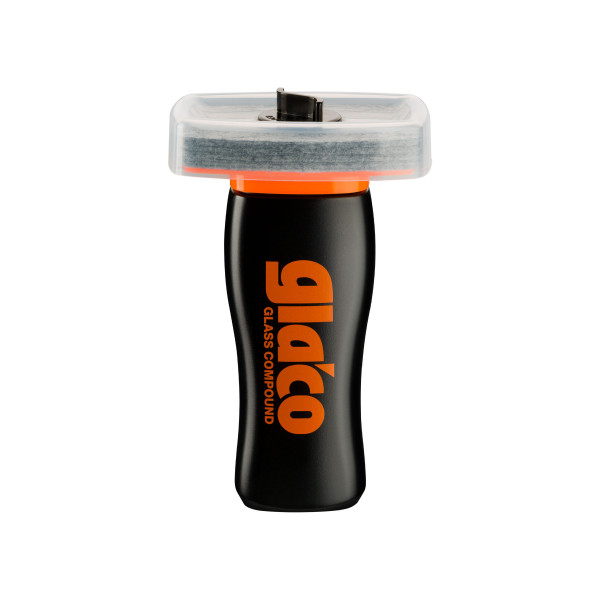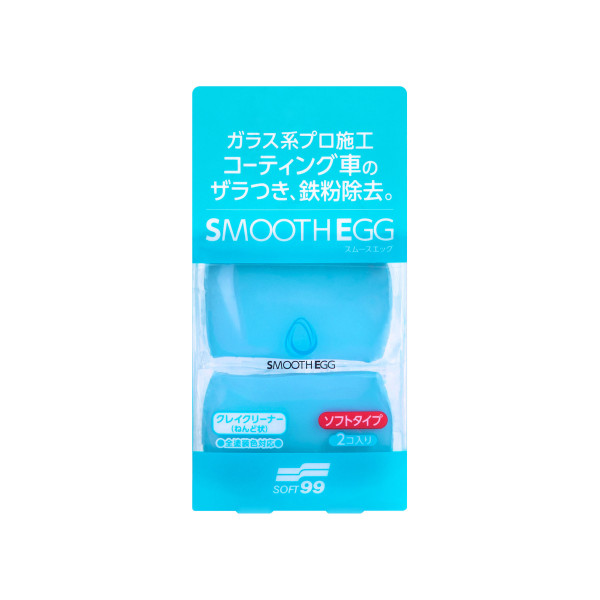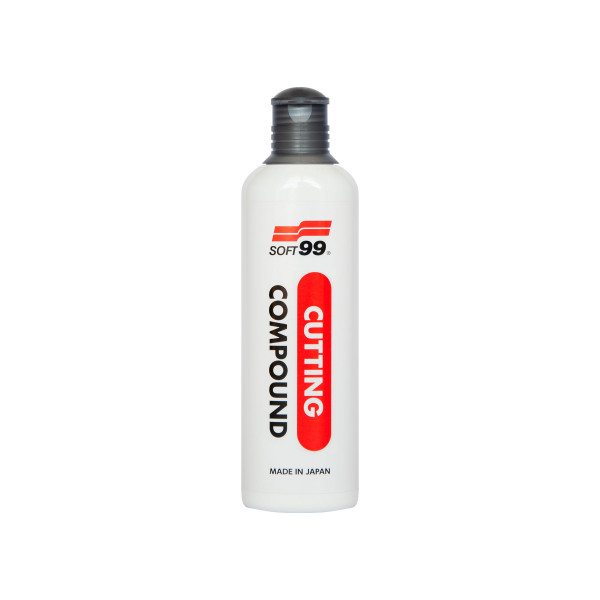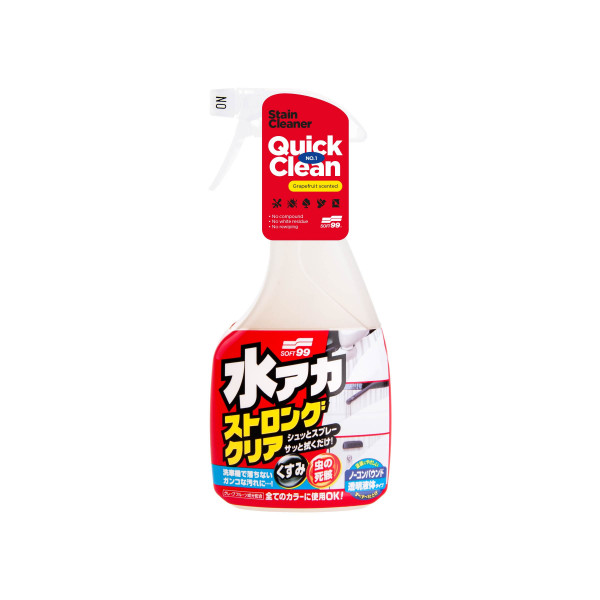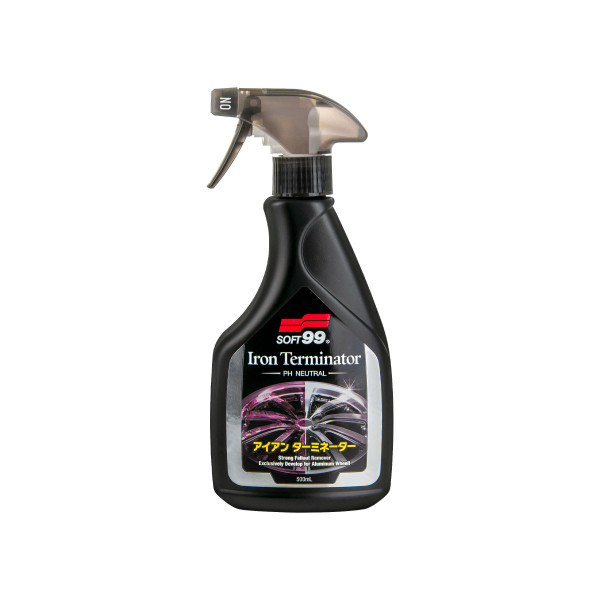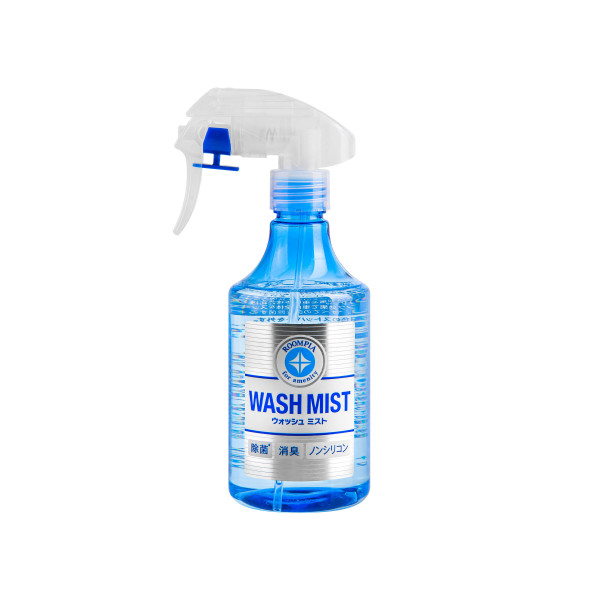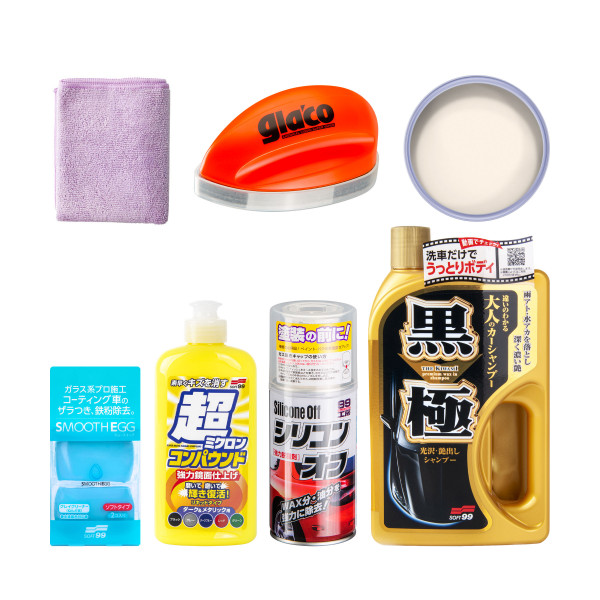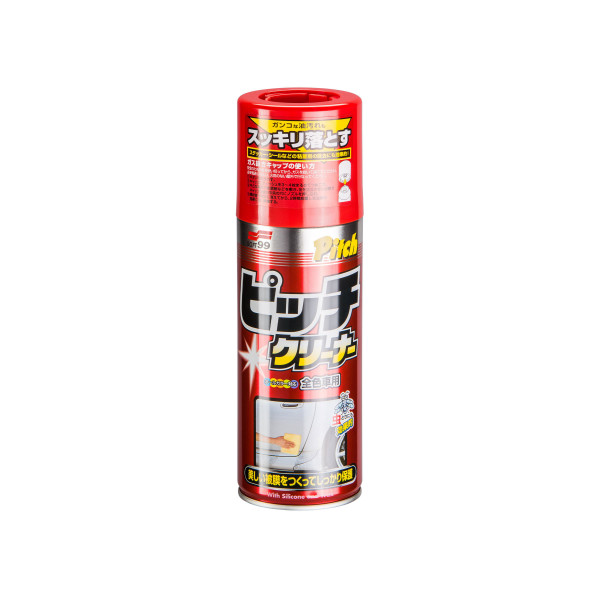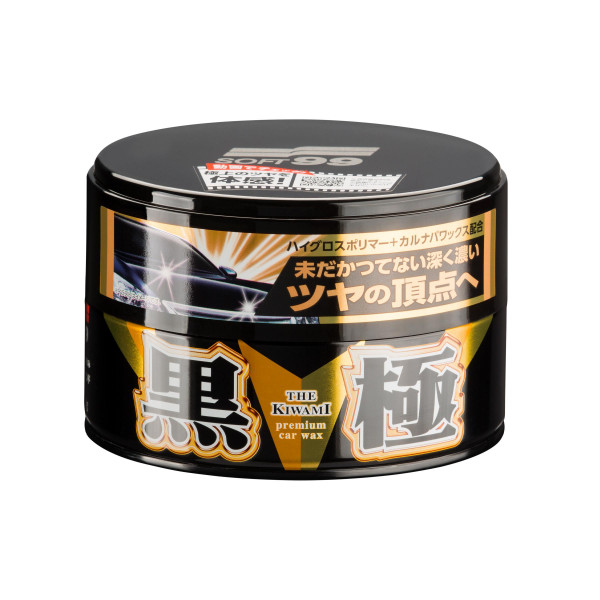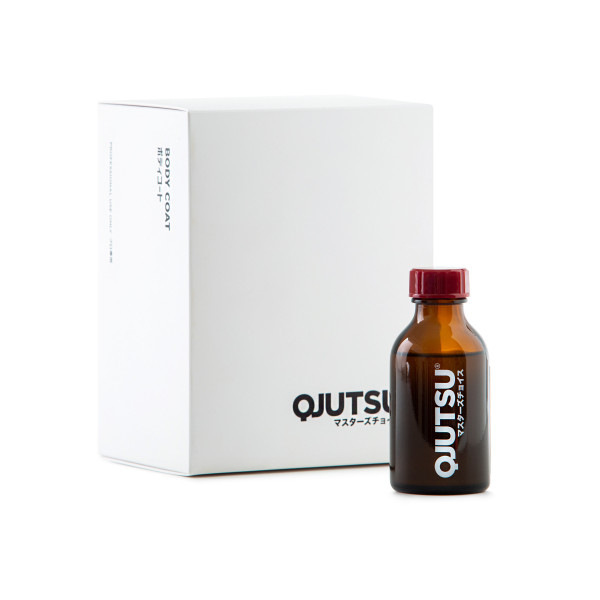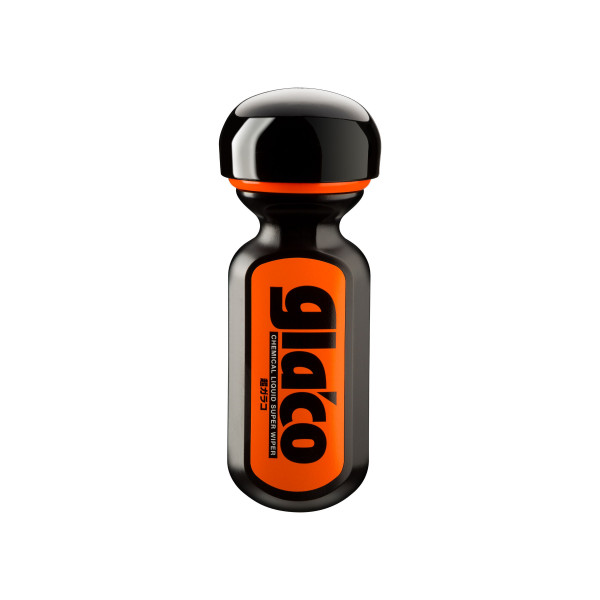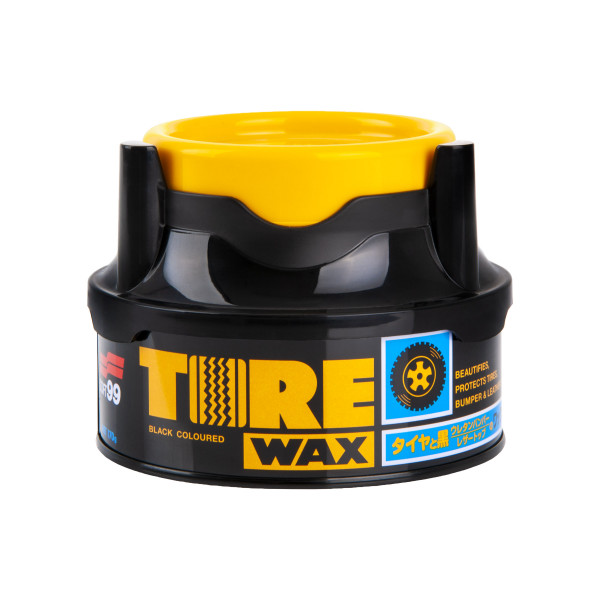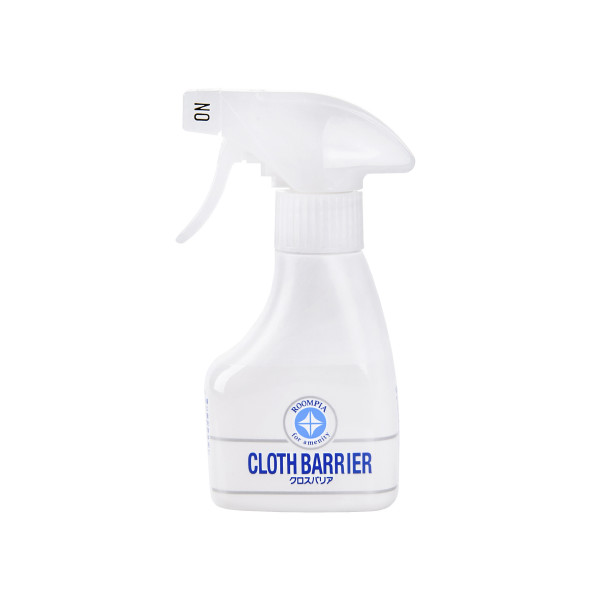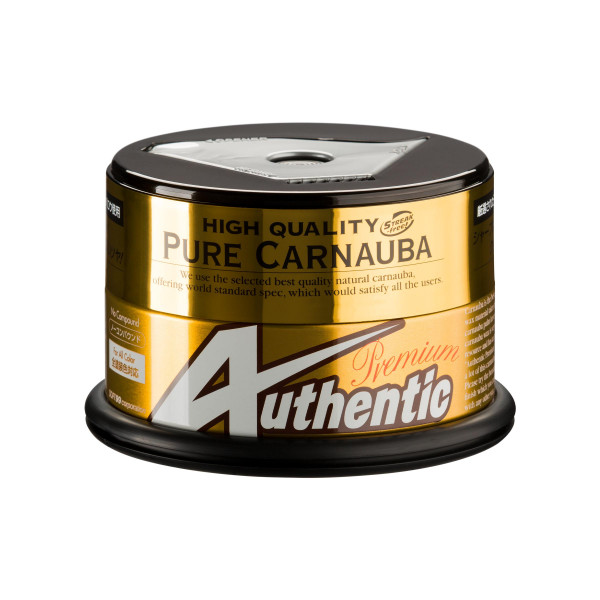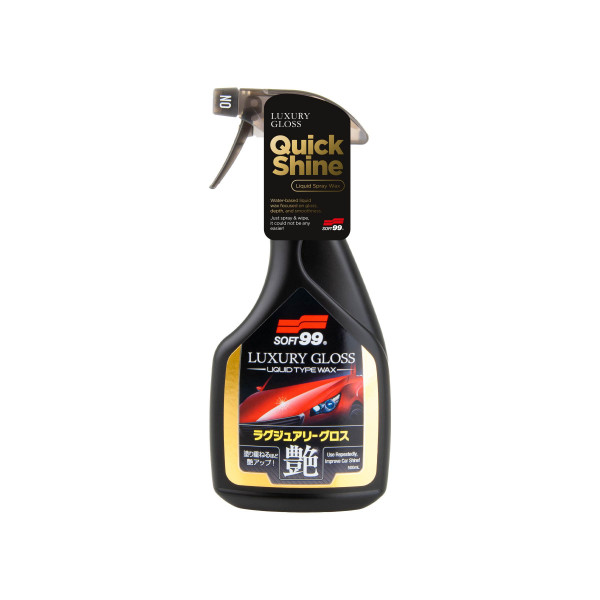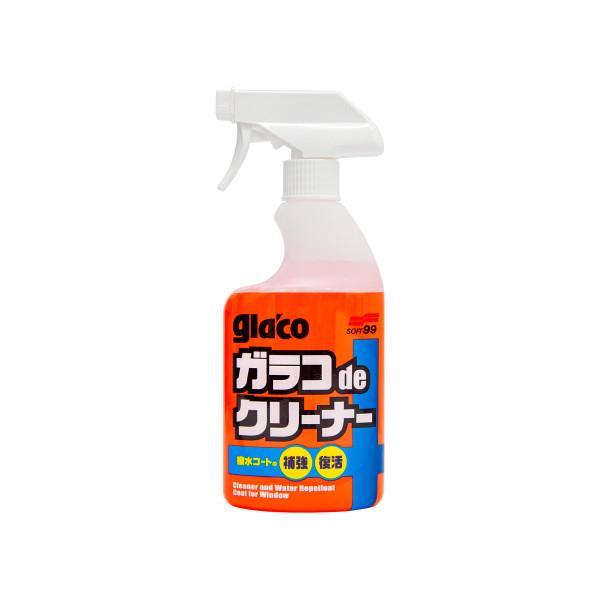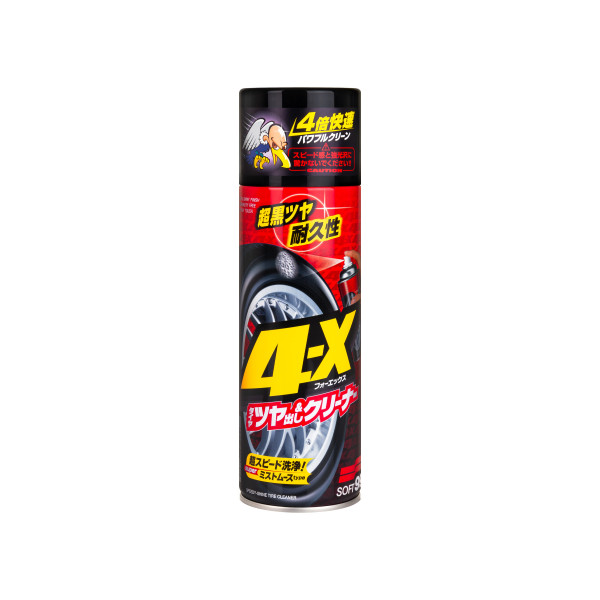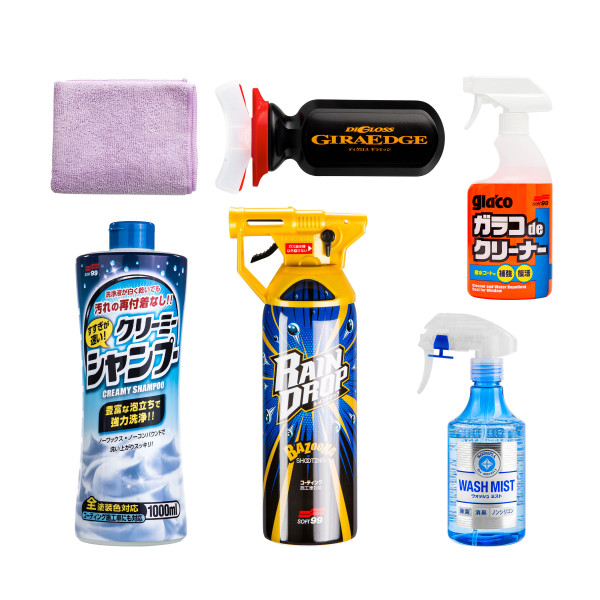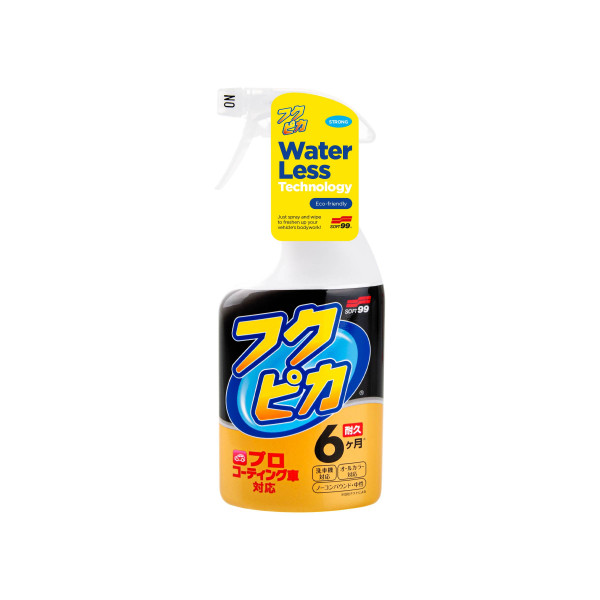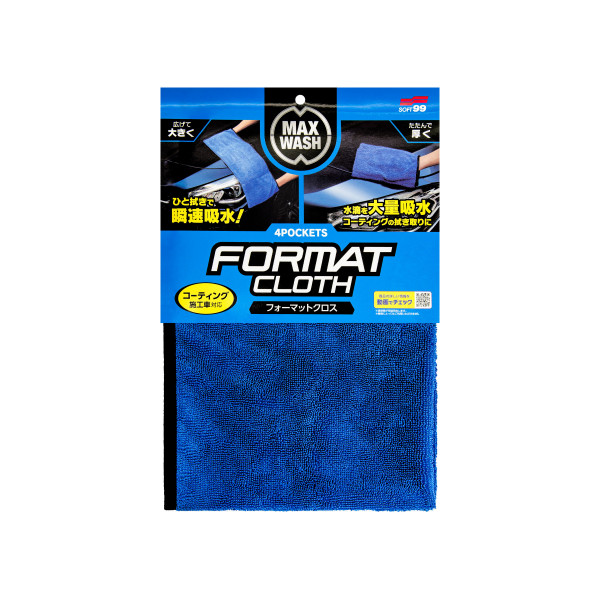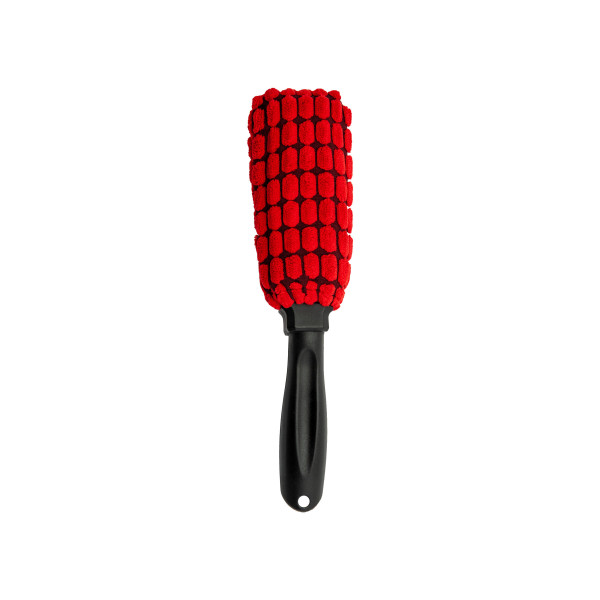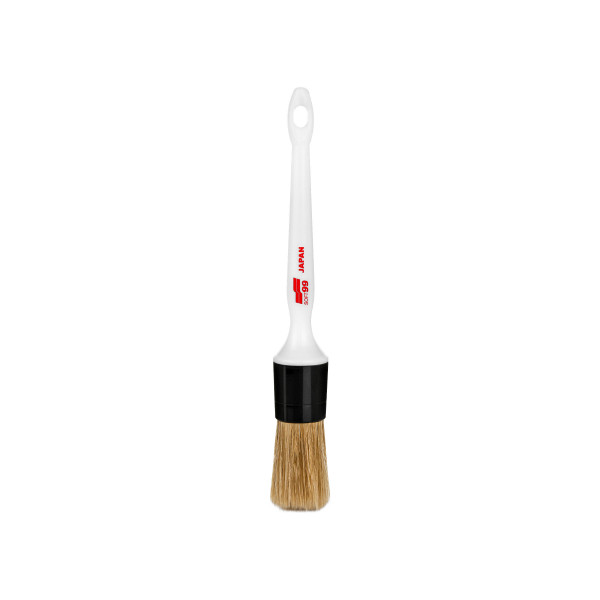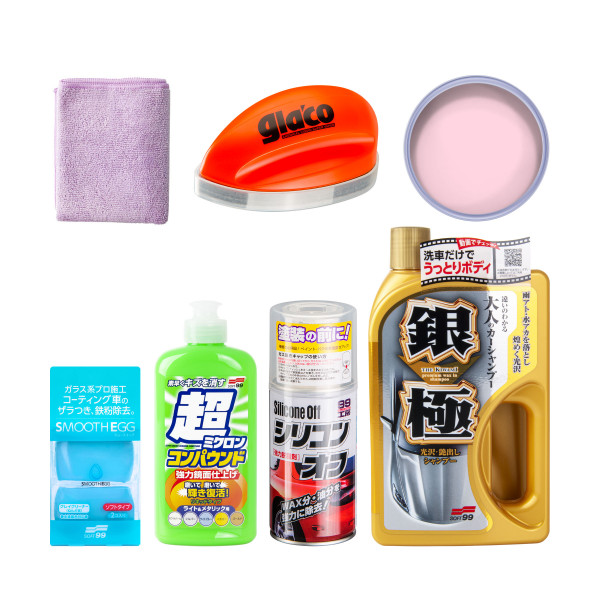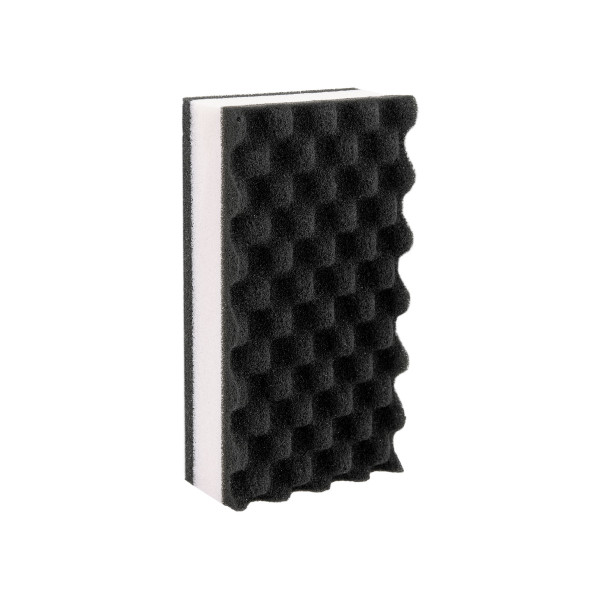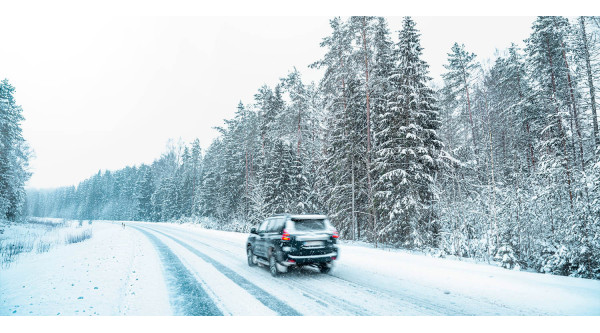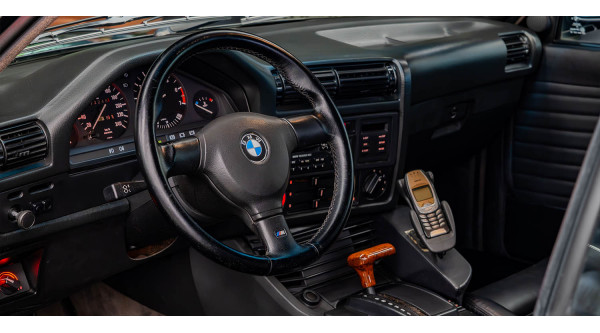- No product items
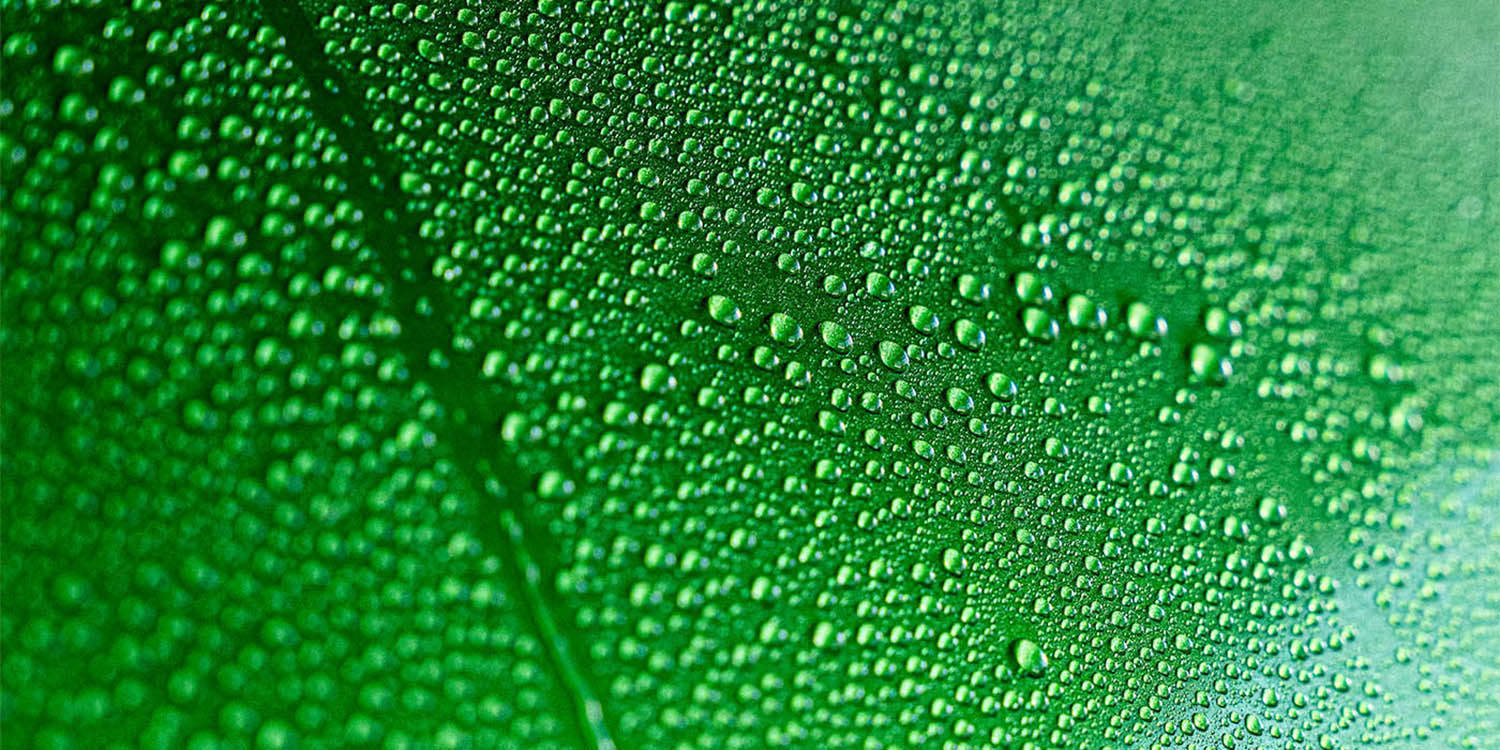
What is water beading?
Ever noticed these neat, little, perfectly round water droplets forming on your car after you waxed it or had a coating applied? These beads are much more than just an aesthetic spectacle that car detailers marvel at. On paintwork, water beading represents a high degree of protection, and on glass it's nothing short of a safety-enhancing measure.
As with most things in car detailing, water beading seems to be another endless topic. First, let's learn how to achieve water repellency in the first place, explore the difference between types of hydrophobicity, and understand common issues, along with tips on how to solve them.
How to make your car water-repellent
Why should you care whether your car repels water or not? A hydrophobic paint, is a protected paint. By repelling rain, the paintwork, glass, and other car elements stay safe from most common weather-borne contaminations, such as acid rains, metallic particles from brake dust, or carbon-based particles. This in turn facilitates day-to-day maintenance, and in longer perspective, preserves your vehicles value, at least visually.
Hydrophobicity on glass adds a whole another level of importance to car care. With a clear, well-protected windshield you see more, and can react faster to events unfolding in front of your car, which increases safety on the road, especially after dark.
That's why we've highlighted these 3 important facets of hydrophobicity on cars below:
Waxes
Most advanced car waxes, like our Fusso Coat 12 Months, offer up to 12 months of paintwork protection, which comes in handy during the tough autumn/winter/spring transition, when proper and regular car care gets harder. Obviously, there's a wide range of other waxes, offering different final effects. And if it's water repellency we're talking about, there's no competition to Water Block Super Splash, another Japanese car care wonder from Soft99.
Coatings
Although significantly harder to apply than waxes, ceramic coatings offer a much longer-lasting protection. Coatings like QJUTSU Universal, or the favourite among pro's, QJUTSU Body Coat Pro, create a durable, glass-like bond with the paint and provide strong water repellency for months or even years, making them ideal for those who want long-term care with maintenance reduced to a minimum.
Glass coatings
Specifically designed to give the best possible visibility, glass coatings, like the Japan-made Glaco coatings, can offer up to 12 months of protection to the glass. Especially useful during autumn and winter rains, glass coatings are not only a money-saving measure, but a road-safety-enhancing one too. WIth a deep-cleaned, Glaco-coated windscreen you are sure to enjoy increased driving comfort. And the story doesn't end there. With coatings like the fan-favourite Glaco Mirror Coat Zero you can experience ultra-hydrophobicity, a very strong water-repelling effect, on your side mirrors and on-board cameras too.
Water beading vs water sheeting
Water repellency on cars takes two forms: water beading and water sheeting.
Water Beading happens when water forms tiny, spherical droplets on the surface. Beading is a visual sign that your car’s protective layer is working and is often considered appealing by petrolheads and detailers, especially when the drop's contact angle (an important term to fans of hydrophobicity) is high. But there's another type of water behaviour out there.
Water Sheeting occurs when water flows off the surface in a flat, uniform sheet-like wave rather than forming beads. While it may not look as impressive as beading, it helps reduce the amount of water left on the surface, which can help prevent the dreaded consequence of beading: water spots. Both sheeting and beading indicate your vehicle has a protective layer, but sheeting is usually achievable thanks to more hi-end ceramic coatings or protective sprays.
The most common issue with water beading
There are no perfect solutions in the world of car care, and even the most devoted fans of water beading will have to admit: it's not always as pretty as it looks.
Water spots
While water beading is a great sign of protection, it can sometimes lead to water spots. When the beads dry on the surface, they can leave behind mineral deposits or contaminants, which based on their severity, can take form of either soft or hard waterspots. Here’s how to prevent and deal with them:
Wash or rinse the car regularly – after rain or a particularly "dirty" drive, take your vehicle to a touchless car wash. A reverse osmosis (RO) water, used commonly in car washes, leaves no residue on the car, and can tackle some soft water spots in most washing cycles for next to no money.
Use a car care agent – if lighter solutions fail, you can use specialized products to gently dissolve the mineral deposits without damaging your car's finish. If the dirt isn't too severe, waterless quick detailers, like Fukupika Spray, along a microfiber towel will work wonder on most types of soft water spots on the car's paint.
Paint correction – if persistent, hard spots are too severe to remove, you likely should look into having your paintwork corrected with a machine polisher.
In summary, is water beading on your car? Great! It's a good sign that the owner cares. Whether you achieve it on paint through wax, ceramic coatings, or on glass thanks to Glaco, it's essential to maintain the protection and manage issues like water spots early on, before they become a headache.


